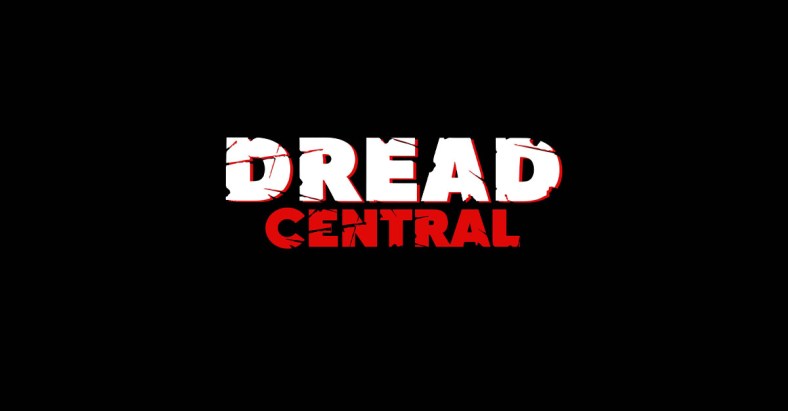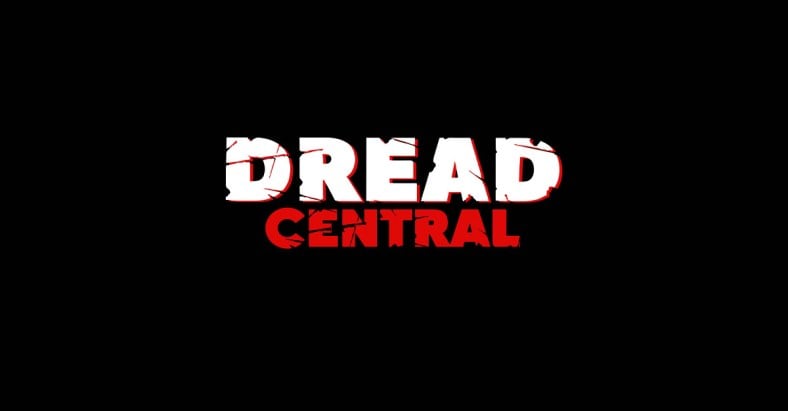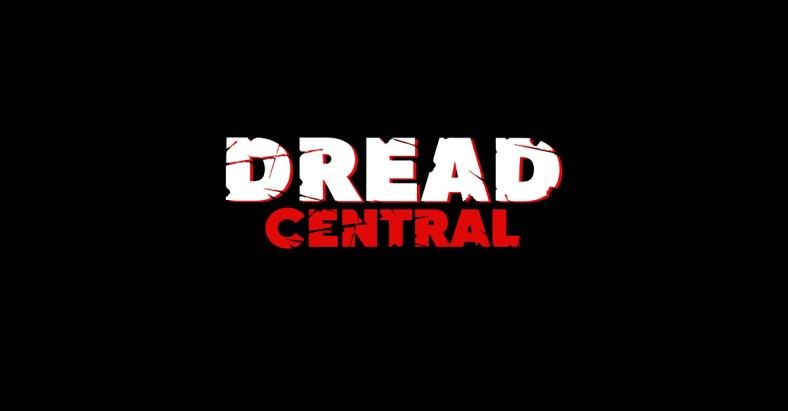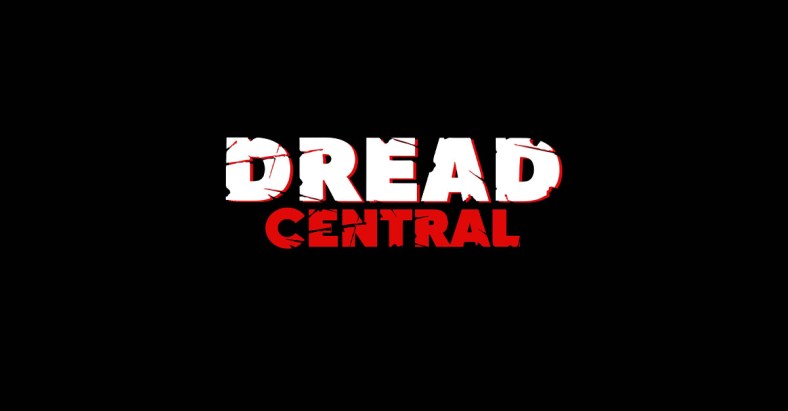Fish Don’t Eat People: A Brief History of PIRANHA

Director Joe Dante and producer Roger Corman wanted to share in some of the success of Universal’s burgeoning Jaws franchise. Jaws itself was heralded as both a triumph for horror cinema and filmmaking writ large, and in its own way, proved to be the little mechanical shark that could.
A new subgenre was born– aquatic horror. These movies highlighted the regional eccentricities and strangeness of rural communities, the ones whose livelihoods were predicated on fishing and trapping and tourism. There’s a negotiation present in all of them between regional economic identities– “We need summer dollars!” Mayor Vaughn shouts in Jaws– and the enduring legacy of our natural world. These ecosystems exist and operate independent of contemporary human needs, and aquatic horror relishes in the irony of what is, in effect, nature pushing back. As human needs encroach upon and threaten natural ecosystems and the species therein, they get angry, and they very well might start eating people.
Dante and Corman saw this. In the late seventies, people were reeling from the depression and the Vietnam war, and they were looking for nihilistic, angry counterculture on their screens. They wanted to see corporate executives punished. They empathized with the fish and the sharks and all the water-dwellers in between, creatures just doing their best to get by, interminably stymied and hurt by the desires of the executives with the means and reputations to ruin their lives. From this, Piranha (1978) was born. While Universal executives– are you sensing a pattern– issued an injunction for Piranha to not be released, fearing it would threaten the release of their own Jaws 2 that same summer, Spielberg himself stepped in personally, speaking favorably of Piranha and advocating for its release. So, in the late, hazy summer of 1978, Piranha was released, and a very strange yet incredibly beguiling series of films was born.
Synopsis:
When thousands of military hybrid piranhas are accidentally released into a river used by a children’s holiday camp, the race is on to get downstream before the flesh-eating fish do.
In terms of timeline, the conventional canon is as follows. First, you have the original Piranha and its sequel, Piranha II: The Spawning in 1982– a baffling bizarre movie featuring flying fish, directed by none other than a young James Cameron. Then, in 1995, original producer Roger Corman worked with Showtime producers to remake the original, and Piranha (1995) was released, an almost shot-for-shot remake that even repurposed footage from the original in key sequences, particularly the climactic, frenzied attack on the Lost River water park resort.
In 2010, director Alexandra Aja and co. remade the original, making it 3D (hence the title, Piranha 3D), changing the setting to Lake Victoria (really Lake Havasu), Arizona, while amplifying up both the gore and nudity quotient. It was a truly remarkable, exploitative wide-release, and it’s something theaters really haven’t seen since. This proved successful– audiences, I reckon, will never tire of seeing fish, sharks, gators, orcas, or any other wildlife take back what’s rightfully theirs– and so another sequel was greenlit, though one that had more in common with Cameron’s The Spawning than Dante’s original. Piranha 3DD was released directly to VOD and select theaters in the early summer of 2012, intensifying the nudity quotient even more than the first while adding very little of its own flair to truly stand out. Where Piranha 3D was an endearingly created throwback exploitation flick, Piranha 3DD was an iniquitous and incompetently crafted cash grab.
That’s a lot of filmic mileage, however, for a series that was conceived as “Jaws but with fish and in a lake.” There’s a reason, however, that it’s remained a cultural touchstone, particularly within the horror community, and why from a critical perspective, both the original and Piranha 3D are widely regarded as the best of the Jaws imitators at the time– they’re damn fun movies, and they have a lot to say.
Beneath the severed limbs and exposed breasts, resting placidly on the floor of Lake Victoria, Lost River Lake, or wherever a particular entry is set, is a pretty compelling message of ingenuity as strength and conservation as savior. It’s no coincidence that the villains of the movies are the man-eating schools of piranha, but the corporate bigwigs developing lakefront property, environmental impact be damned, or rowdy college coeds treating the lake like their own personal trashcan. Pictures of Daytona beach after spring break every year, for instance, are often more terrifying than any horror movie. The villains are playing God, developing their own waterfront providence, and upending the natural ecological order of things. Rather than coexist as humans have done for centuries, the corporate types covet and desire what isn’t theirs, often going to illegal or unsavory means to take it.
With regard to the natural world, they have a puzzling lack of awareness about what the clear indication of boundaries between man and beast should be. The movies essentially boil down to border disputes between piranha and man, and while man most often wins, it’s not without a lake full of blood left in its wake. Moreover, in a sense, just the existence of these movies at all is emblematic of an altogether different kind of border dispute, one between Hollywood executives and creatives and those whose careers exist on the periphery. Universal tried to block the release of Piranha, and producer Roger Corman himself is B-movie iconography incarnate. He’s the embodiment of subversive, exploitative, drive-in grindhouse cinema, the kind that pushes boundaries and has something worthwhile to say. Granted, not every movie is successful, and several do fall incredibly short of those goals, but when he swings and hits as he did with Piranha, by God, what a swing it is.
Piranha is not the only low-budget aquatic schlockfest to wash ashore in the wake of Jaws. There’s Barracuda (1978), Grizzly (1976), Orca (1977), Alligator (1980), Day of the Animals (1977), Tentacles (1977), and dozens more. All have their own unique perspective, and all have a great deal to say about our place on this earth. And most of them, but especially Piranha, are monumental genre achievements. Fish don’t normally eat people, but damn if it isn’t wonderful sometimes when they do.
Categorized:Editorials News





